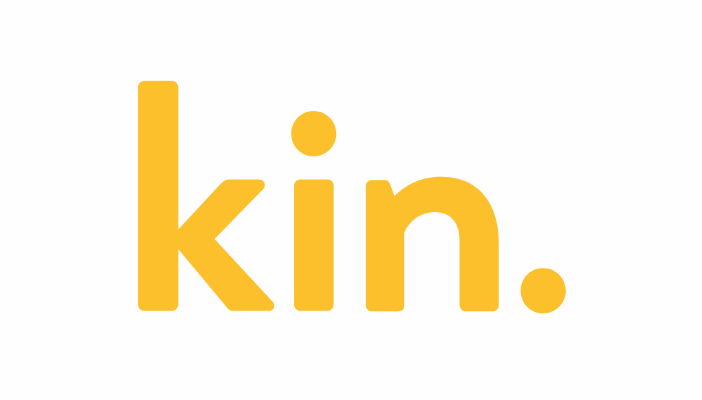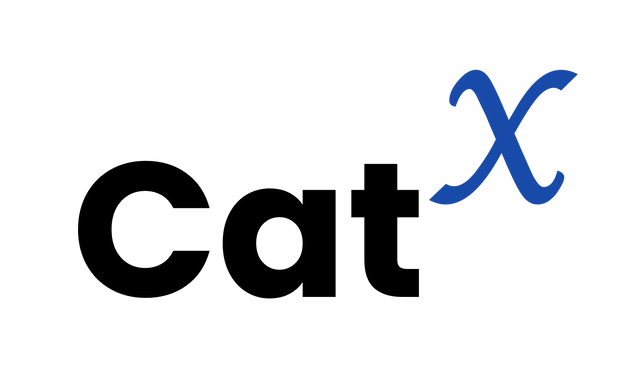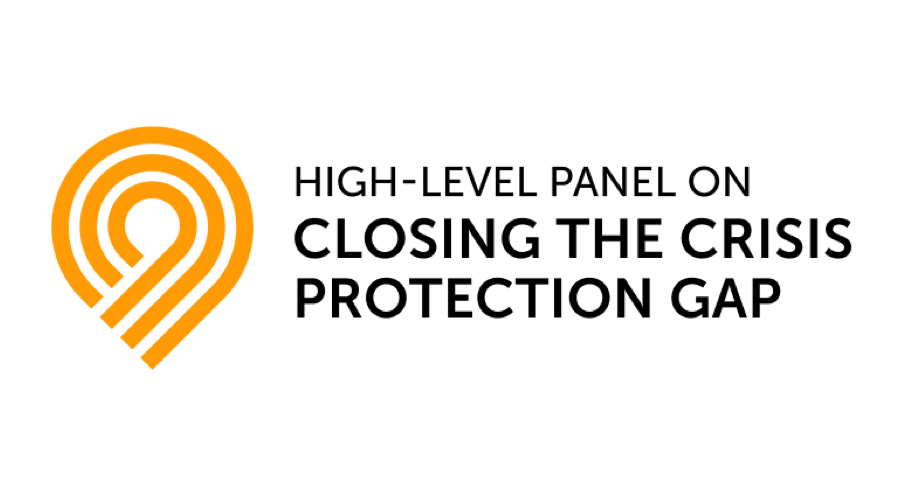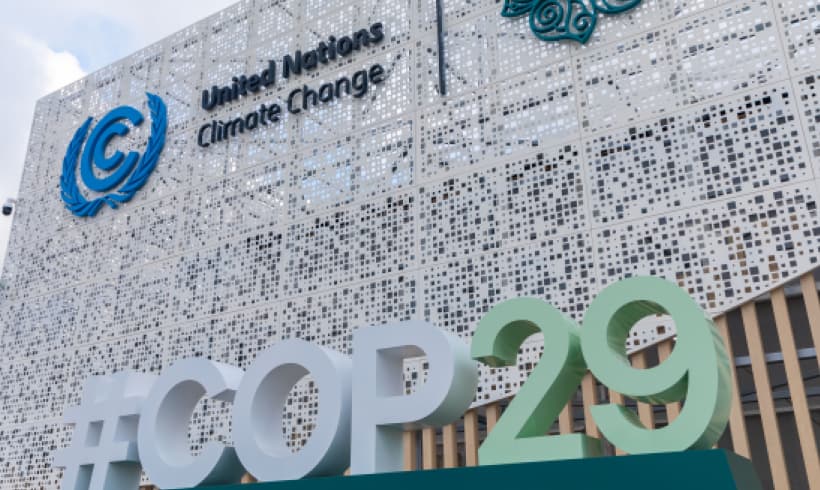
This content is copyright to www.artemis.bm and should not appear anywhere else, or an infringement has occurred.
Direct-to-consumer insurtech company Kin Insurance is back in the catastrophe bond market to sponsor its third issuance, seeking $200 million or more in Florida named storm protection from this Hestia Re Ltd. (Series 2025-1) transaction.
 Kin had secured its debut $175 million Hestia Re Ltd. (Series 2022-1) catastrophe bond cover back in April 2022.
Kin had secured its debut $175 million Hestia Re Ltd. (Series 2022-1) catastrophe bond cover back in April 2022.
The company then followed that up with a $100 million Hestia Re Ltd. (Series 2023-1) issuance in March 2023.
Kin’s 2022 Hestia Re cat bond remains marked down around 10 points in secondary broker pricing sheets, on exposure to potential losses from hurricane Ian. But it is due to mature in April this year, so it will be interesting to see if that transaction draws to par, or is extended to allow for further development.
Kin returns to replace some of that coverage and is seeking what could become its largest catastrophe bond yet, having an initial $200 million target, we’re told.
Hestia Re Ltd., Kin’s Bermuda-based special purpose insurer (SPI), will look to issue two tranches of Series 2025-1 notes, preliminarily targeting $200 million in size, with these notes set to be sold to investors and the proceeds used to collateralize a reinsurance agreement between the SPI and ceding company.
The cedent is initially the Kin Interinsurance Network, but Kin will be able to add additional covered cedents should it introduce further underwriting entities during the term of the cat bond.
Both tranches of notes will provide Kin with a three hurricane season source of fully-collateralized Florida named storm reinsurance, on a indemnity trigger and per-occurrence basis, with cover running from June 1st this year to three years after the issuance completes, sources said.
A currently $100 million of Hestia Re Series 2025-1 Class A notes would attach at $605 million of losses and exhaust at $805 million, we understand.
That gives the Hestia Re 2025-1 Class A notes an initial attachment probability of 1.70% and an initial base expected loss of 1.51%, while they are being offered to cat bond investors with price guidance in a range from 7.25% to 8%, sources said.
An also $100 million Class B tranche are riskier, having an attachment point at $405 million of losses and an exhaustion point at $605 million.
Which gives the Hestia Re 2025-1 Class B notes an initial attachment probability of 2.54% and an initial base expected loss of 2.03%, while they are being offered to cat bond investors with price guidance in a range from 8.25% to 9%, we are told.
We are told that due to inuring reinsurance from other sources, an effective first-event attachment for the notes will be at around $678.6 million for the Class B notes and $878.6 million for the Class A notes.
The multiples on offer with this new cat bond from Kin could end up lower than its debut cat bond, the ranges of spreads on offer imply.
Recall that, Kin’s first Hestia cat bond from 2022 priced to pay investors a multiple of 4.8 times the expected loss, but then Kin’s 2023 cat bond which was less risky priced to pay investors an almost 9.4 times multiple of expected loss.
In this case, the Series 2025-1 Class A notes would be close in multiple terms to the 2022 deal at the mid-point of guidance, but the riskier Class B tranche could result in a lower multiple, it seems.
You can read all about the Hestia Re Ltd. (Series 2025-1) catastrophe bond from Kin and every other cat bond deal issued in our extensive Artemis Deal Directory.
Kin targets its largest Florida wind cat bond yet, $200m Hestia Re 2025-1 was published by: www.Artemis.bm
Our catastrophe bond deal directory
Sign up for our free weekly email newsletter here.






 “Parametric insurance is speeding up recovery from climate-related hazards and other shock events, especially for communities in vulnerable contexts,” the pair explain.
“Parametric insurance is speeding up recovery from climate-related hazards and other shock events, especially for communities in vulnerable contexts,” the pair explain. Descartes’ Strategy & New Business Division has been established so the company can explore potential opportunities for development and diversification using its unique underwriting model, that leverages artificial intelligence (AI) and data analysis to model, assess and manage risks.
Descartes’ Strategy & New Business Division has been established so the company can explore potential opportunities for development and diversification using its unique underwriting model, that leverages artificial intelligence (AI) and data analysis to model, assess and manage risks.